Living with the MINI JCW 3 Door Electric and Aceman – Same ingredients, different dish
The MINI JCW badge used to mean something visceral. You’d get in, feel the tautness, the drama, and almost immediately, it would ask you to drive harder. Now that the name has been brought into the EV world, things are a little different. The ingredients remain similar, but the flavour has changed.
I spent a few days with both the MINI JCW 3 Door Electric and the Aceman JCW. On paper, they are nearly identical: same electric motor, same output, same vibe. But behind the wheel, there is a difference. One is constantly flexing. The other feels like it’s grown up a little.
Before we get into it, here’s a quick recap of the electric JCWs:
- 258 PS / 350 Nm (front-wheel drive)
- 0 to 100 km/h – 5.9 seconds (3 Door), 6.4 seconds (Aceman)
- Top speed: 200 km/h
- WLTP Range – up to 371 km (3 Door), 355 km (Aceman)
- 54.2 kWh battery with 95 kW DC fast charging and 11 kW AC charging
Prices with warranty and service package included:
- MINI JCW 3 Door Electric – RM 225,188
- MINI JCW Aceman – RM 241,188
The MINI JCW 3-Door Electric: hyper alert, almost too much
Right off the bat, the 3 Door feels alive. The steering is razor sharp and very quick, making it feel like it wants to dive into every corner. At first, that energy is infectious. But on longer drives, you start to notice the car is never quite settled. The suspension has a progressive setup with very little travel, which means it handles rapid compressions well, but mid-speed bumps and highway undulations make it feel like it’s constantly riding on its bump stops, so you just get bounced about.
This setup does give you excellent body control. It stays flat, corners confidently, and rotates like a properly set up front-wheel-drive car. Turn in, and the rear subtly helps you rotate through the bend. That part feels dialled in. You can gun it out of corners and it’ll just scrabble its way forward with whatever traction the front tyres can muster. And boy, do they both torque steer. Fun initially, but it can feel unruly, which ironically makes you back off.
But one thing that stood out to me, in both the 3 Door and the Aceman, is how well they hide their weight. These are some of the few EVs where I didn’t constantly feel the mass. Yes, if you do something extreme, the weight shows itself. But most of the time, it’s not immediately obvious. That’s rare. Most EVs, you feel it right away, even in the way they ride.
And it doesn’t feel nose-heavy either. The balance is more neutral than expected. That plays into why it feels so confident on a good stretch of road. The front pulls, the rear follows, and it all comes together in a very MINI way.
If the 3 Door is always flexing, the Aceman is the version that knows when to relax. Steering still feels direct and nicely weighted, just slightly less quick off-centre. It still has that MINI responsiveness, just less intense.
The suspension is tuned with more travel and better compliance. It’s still on the firm side and on the highway, you still get some vertical harshness that bounces you – just like the hatch – but it’s less severe. The damping still has that progressive, tightly wound feel. It just breathes and flows better than the hatch.
It’s also a bit more composed at the limit. Less eager to rotate, maybe, which would feel more secure and tied down to most. There’s more body lean and it trades the 3 Door’s cartoonish agility for something that feels grown up without being dull.
And again, like the hatch, the weight doesn’t dominate the experience. You don’t feel the mass fighting against you unless you’re really trying to provoke it. Most of the time, it just feels like a well-tuned hot hatch with a bit more ground clearance.
Day-to-day use: three doors, five lives
The 3 Door still looks the part. It’s short, wide, and sits with real presence. But with just 210 litres of boot space and rear seats that are a faff to get into and out of, you really have to commit to the three-door lifestyle.
The Aceman has 300 litres of usable boot, and a cabin that’s still stylish. And design wise, the Aceman feels more intentional compared to the previous five-door MINI hatchback, which always looked awkward, like an afterthought. The Aceman, though, looks like it was meant to exist. It has its own identity, and that makes it easier to justify if you actually need a car to live with.
Both cars also keep that MINI personality on the inside. The circular OLED display, tactile toggles, and projected ambient lighting make the cabin feel alive without being too in-your-face. The central controls still give it that familiar MINI identity. And the sound system is genuinely good, possibly one of Harman Kardon’s best efforts in recent memory. It’s rich, clean, and tuned well, which is more than I can say for some of their other automotive applications.
Rear space is tight in both, as expected. The 3 Door is for occasional passengers at best, and the Aceman’s extra door doesn’t translate to full-blown comfort either. It’s fine for short trips or smaller adults, but still snug and upright.
There are a couple of quirks worth pointing out. The Aceman’s interior ergonomics aren’t perfect. The inner door handle sits unusually low, requiring an awkward wrist-and-shoulder angle to reach. It’s not a dealbreaker, but it feels like a usability oversight. The 3 Door has a similarly low handle, but thanks to its driving position and door profile, it doesn’t feel quite as awkward.
Another oddity is the start-up logic. Twist the start knob with the door open, then close the door, and the car shuts itself off. Every time. I assume it’s a safety or misuse-prevention measure, perhaps ensuring the driver is properly seated and “ready” before the system engages fully. But in practice, it just gets in the way. Sometimes you want to get the system running, get settled, and then drive off. Instead, the car forces a reset, which interrupts the flow and feels more like a programming quirk than thoughtful UX.
Still, once you’re on the move, both cars settle into daily life pretty easily, provided you’re okay with firm ride tuning and the occasional ergonomic oddity. And truthfully, that’s all part of the MINI charm. You don’t buy one expecting perfect rationality. You buy one because it makes the mundane feel a little more fun.
Energy use: what the numbers say
In the 3 Door, I did a simple energy test. Starting at 90 percent charge, I drove 50.9 km in mixed conditions with some highway, some traffic, and a few quick stabs of throttle. After topping it back up to 90 percent, the charger reported 9.481 kWh used. That works out to about 18.6 kWh/100 km. The onboard computer claimed 16.5, but it’s clearly on the optimistic side.
But based on the tested consumption of 18.6 kWh/100 km and the 54.2 kWh battery, the theoretical real-world range from 100 to 0 percent is around 290 km. But in reality, most EV drivers don’t run their battery flat.
Assuming a typical usage window of 90 to 10 percent, that’s 80 percent of usable capacity, or about 43.4 kWh. That gives you a more realistic day-to-day range of around 233 km between charges. Enough for most urban and suburban use, but road trippers will still need to plan their stops.
I didn’t get to run the same energy test on the Aceman, but based on how it drives and what it shares with the hatch, I don’t expect a major difference. Perhaps just slightly more due to the extra weight and frontal area.
Which one to pick?
The 3 Door is more exciting. It demands attention, responds with urgency, and rewards commitment. But that edge comes with compromises. It’s stiff, bouncing you almost constantly, and occasionally unruly when you’re trying to push. You can’t help but respect how focused it is, but that same focus makes it tiring for daily use.
The Aceman still delivers on the JCW promise, just with the intensity knob turned down enough to be liveable. It gives you performance without punishing ride quality, additional practicality without giving up charm. And unless your entire commute is made of corners, it’s the one that makes more sense.
If it’s raw driving thrill you’re after, I’d skip both and go for the petrol JCW. That’s the one with the feel, the emotion that’s hard to replicate in an EV. But if it has to be electric, and it has to wear a JCW badge? I’d go Aceman.


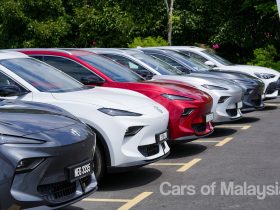
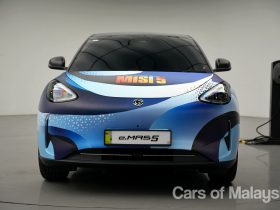
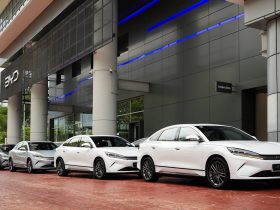
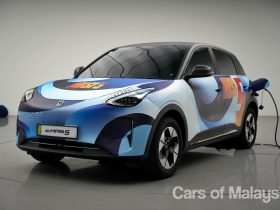












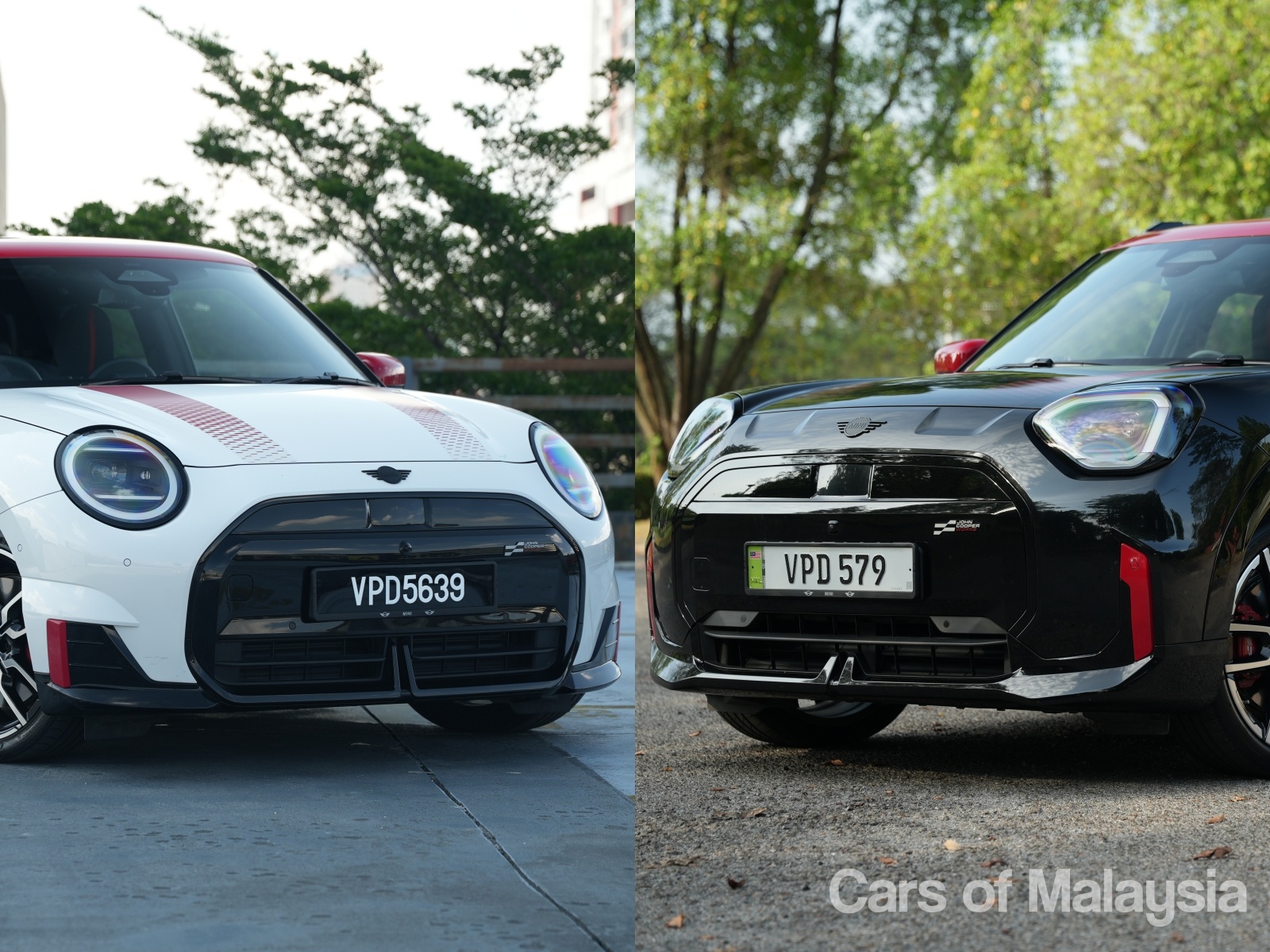
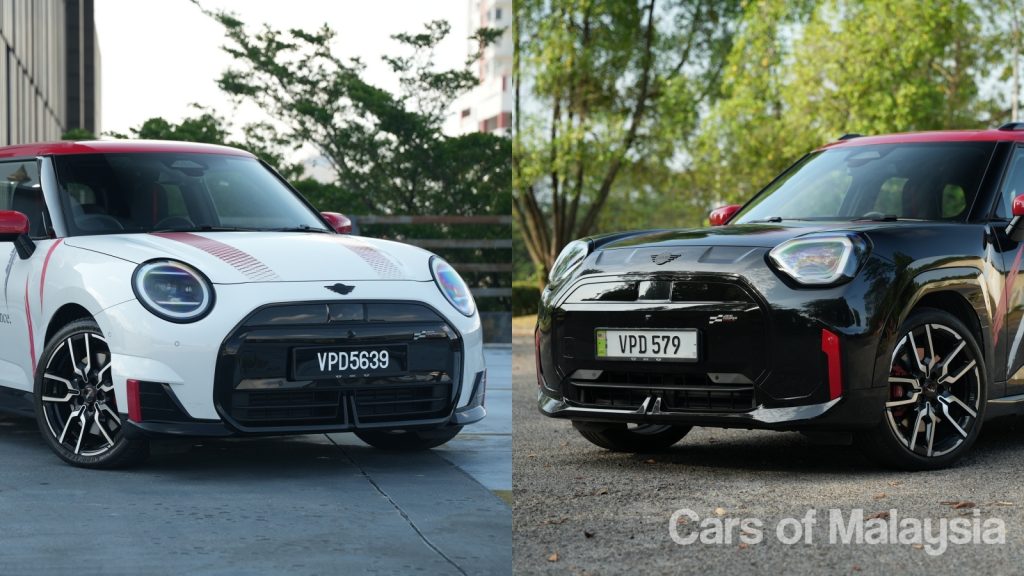
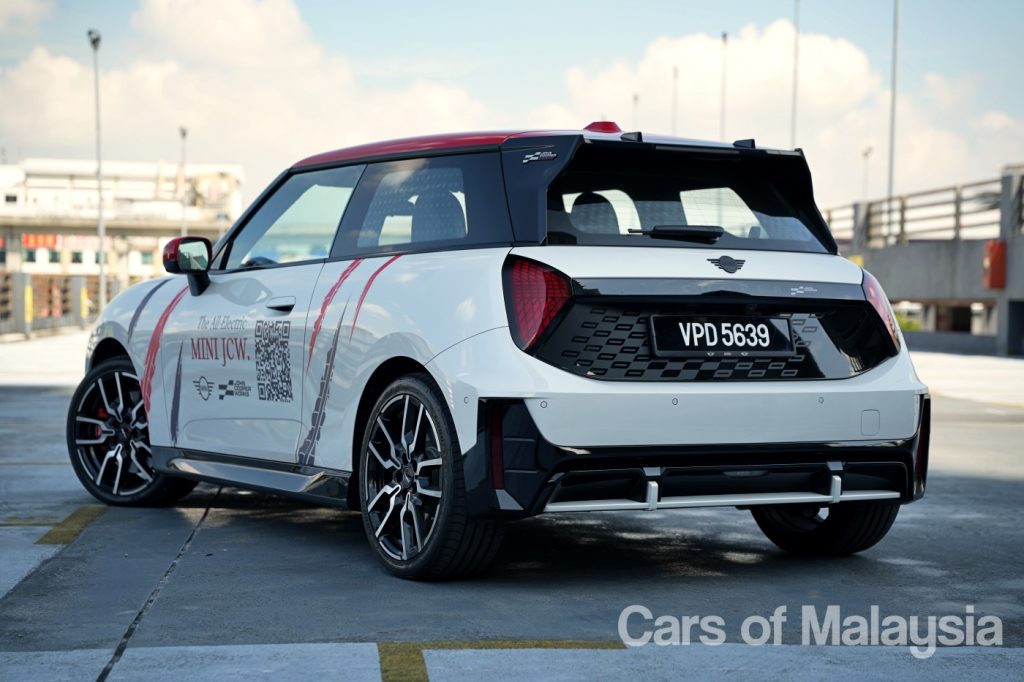
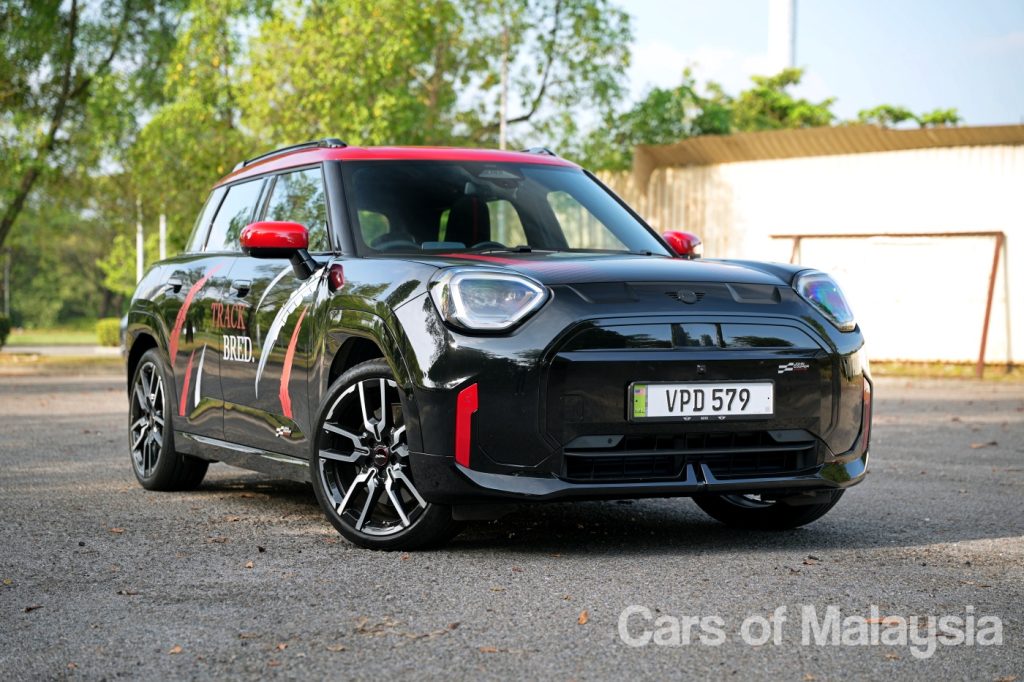
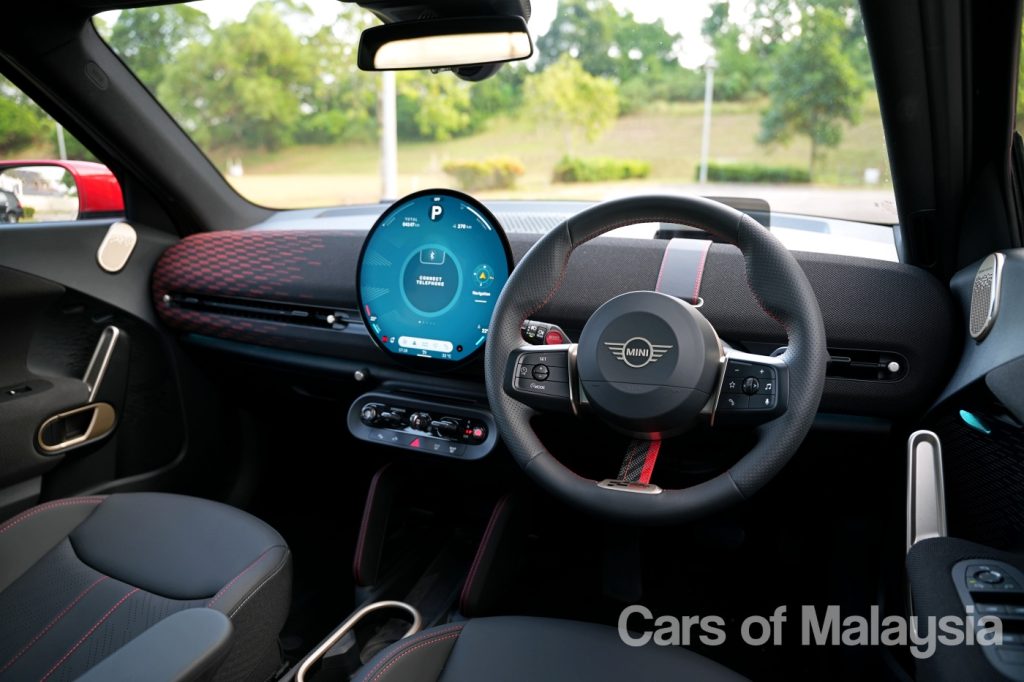
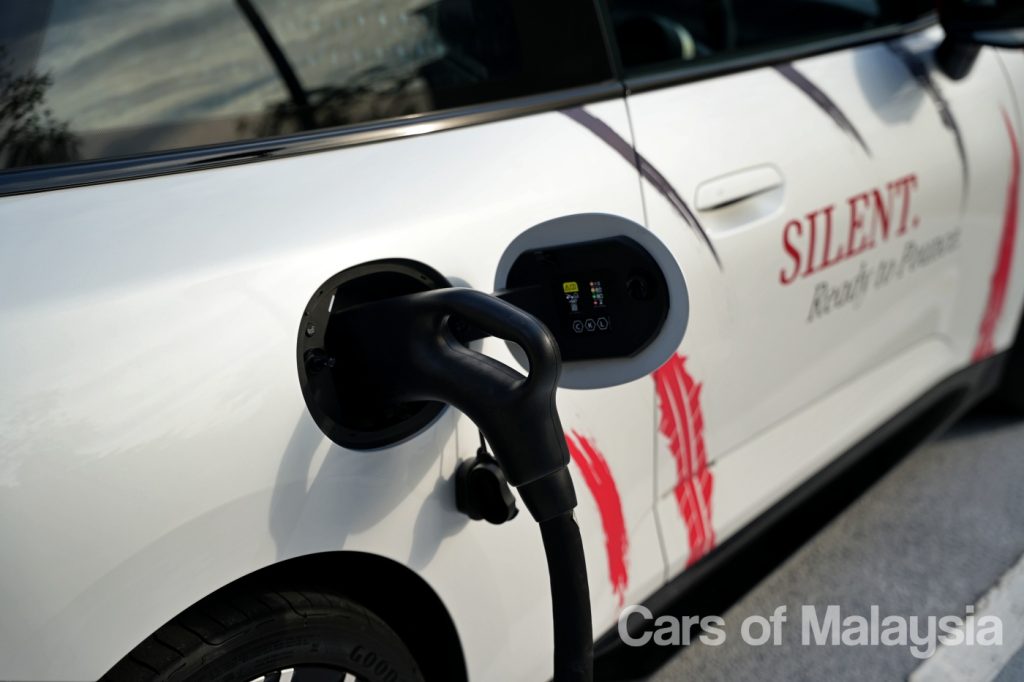
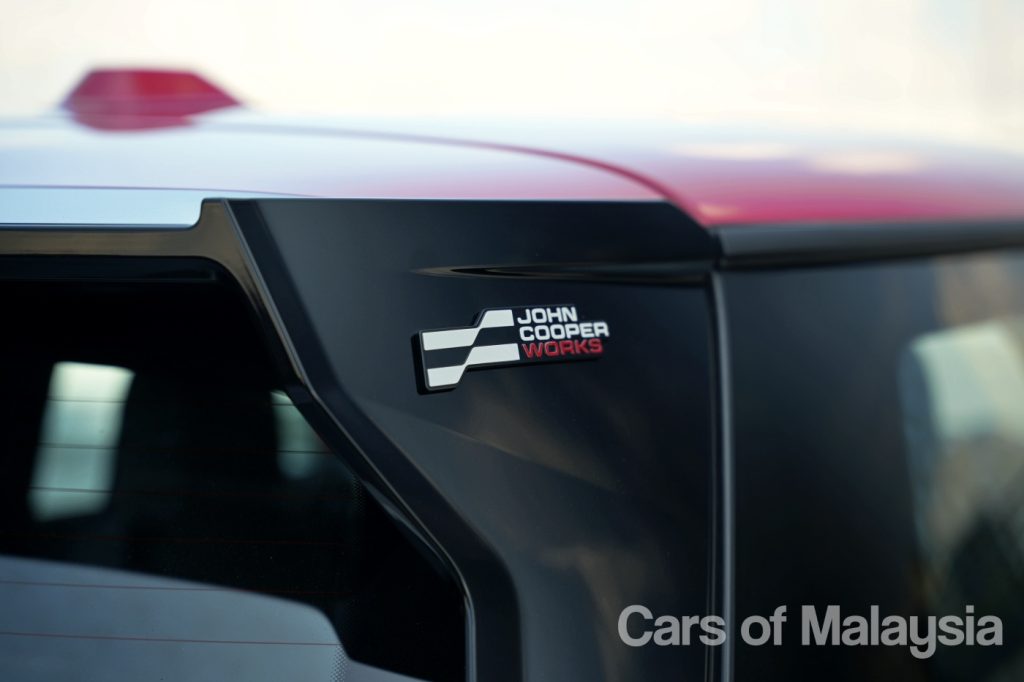

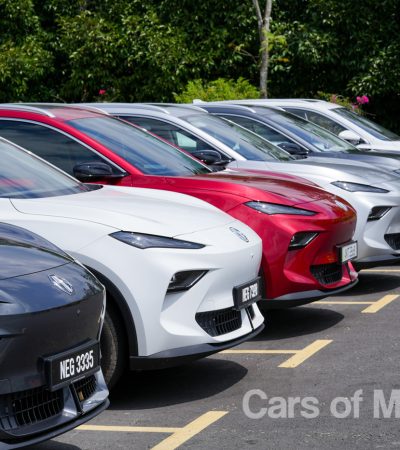
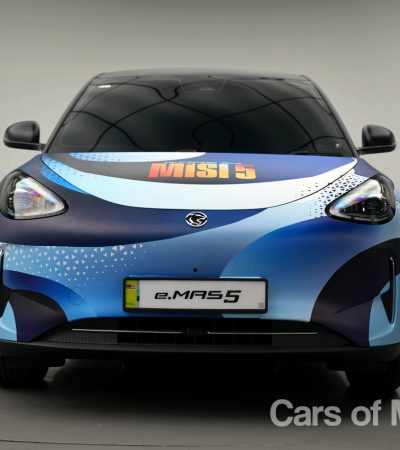
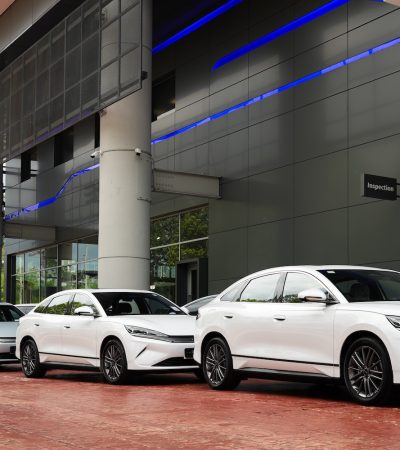
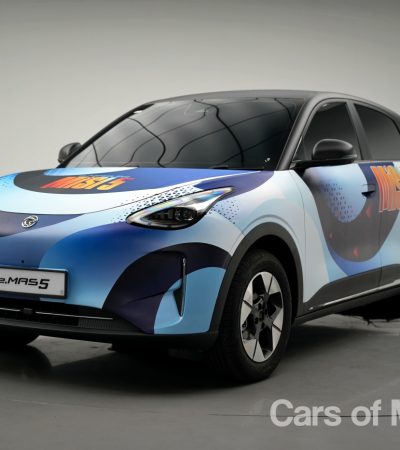
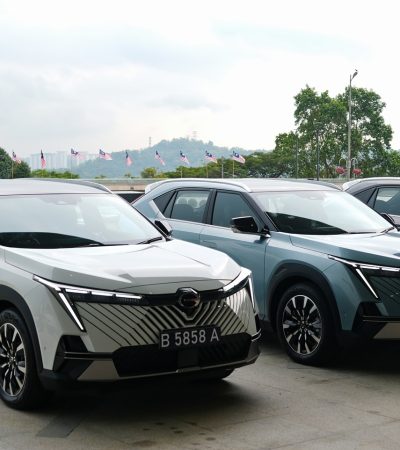


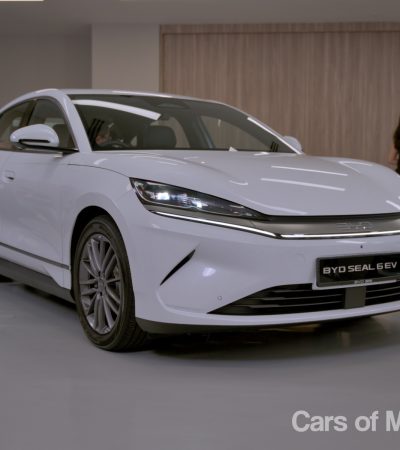

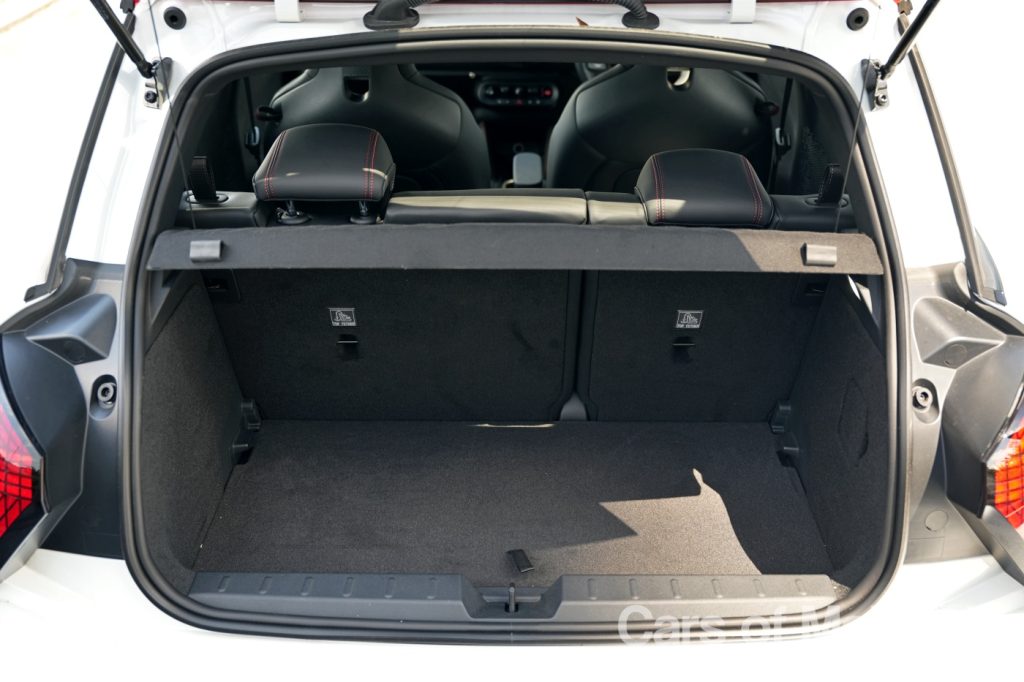
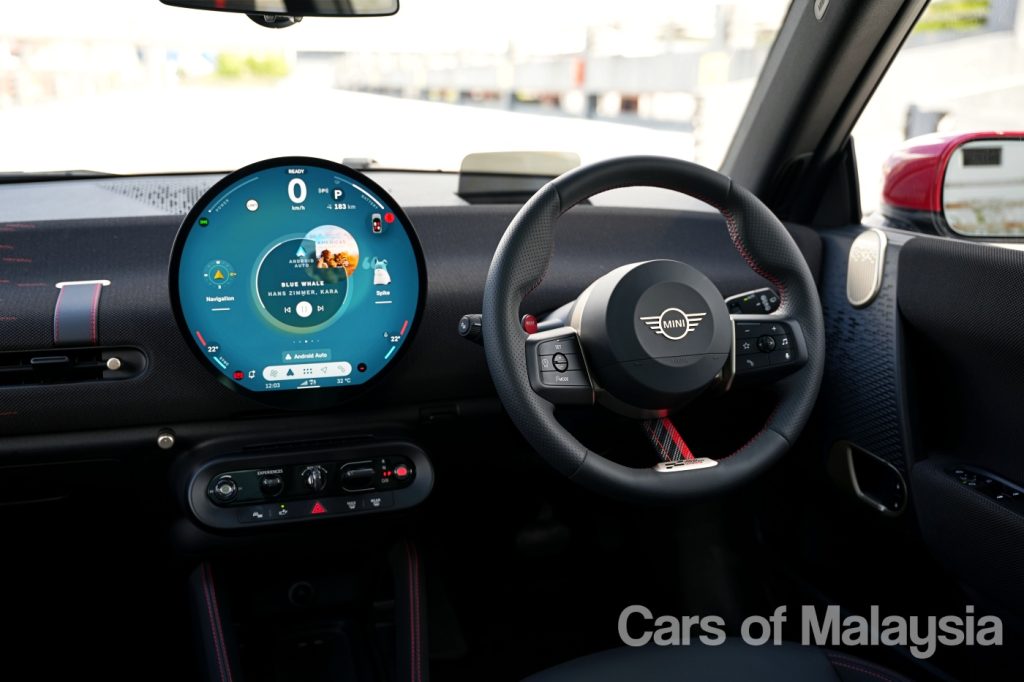
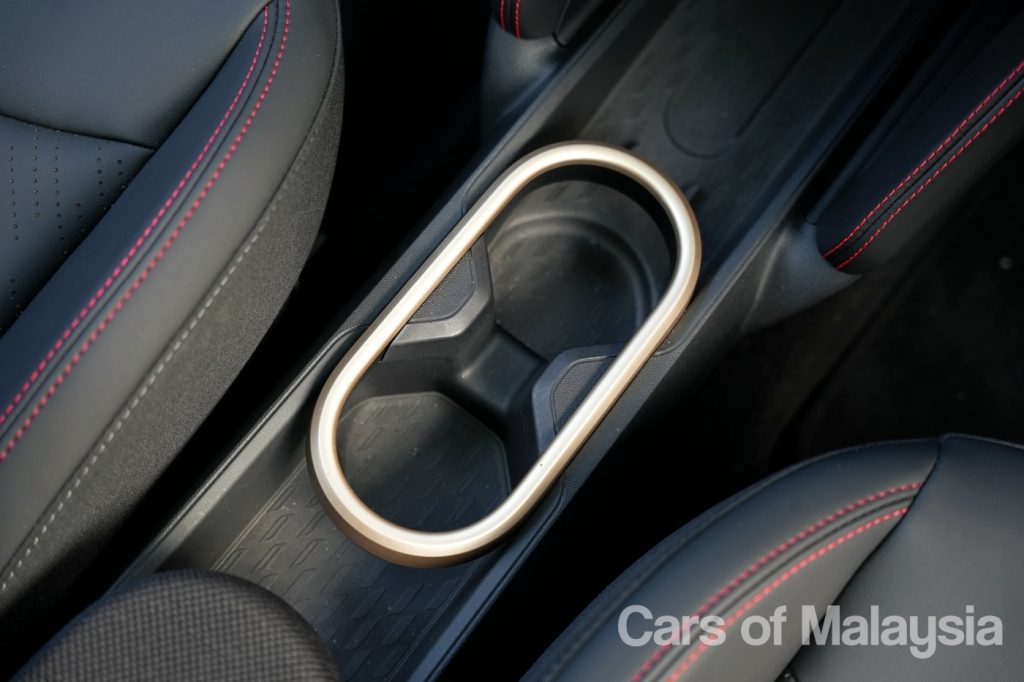
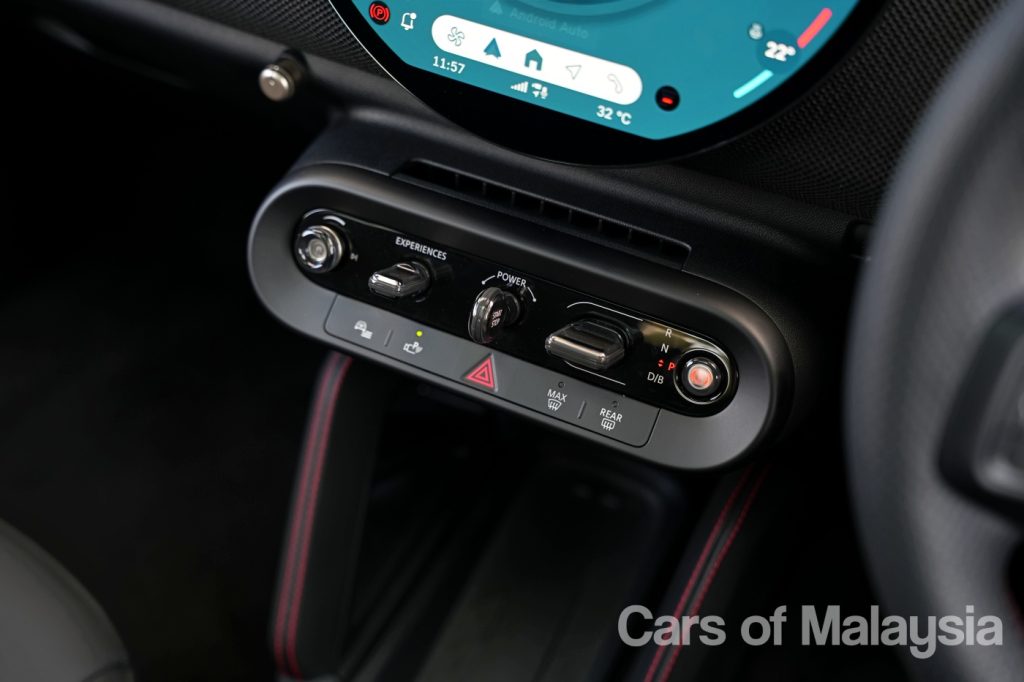
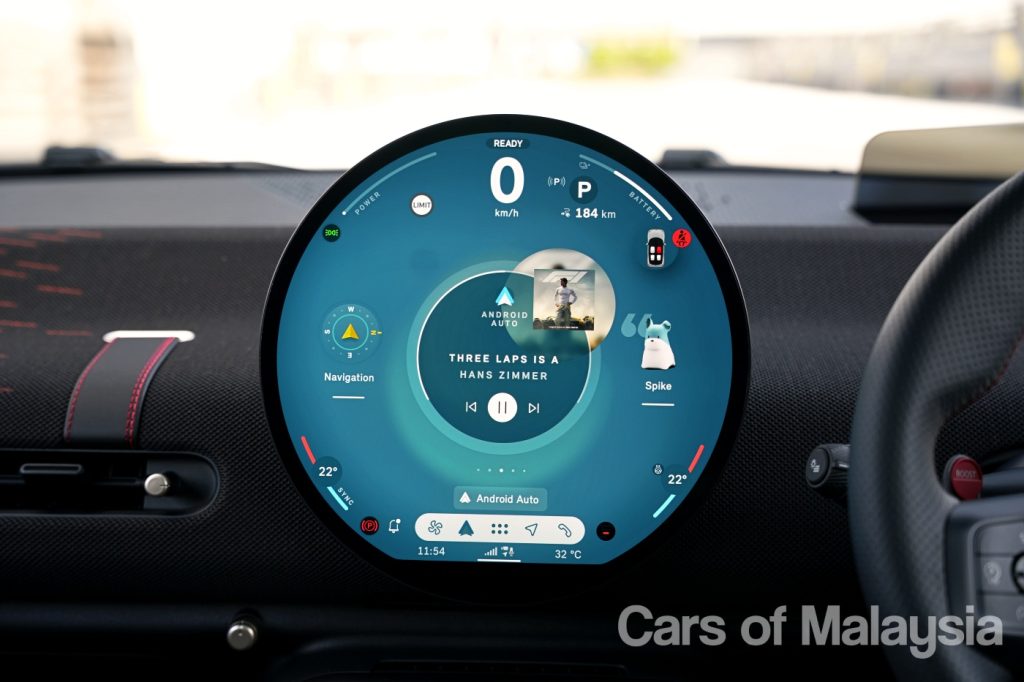
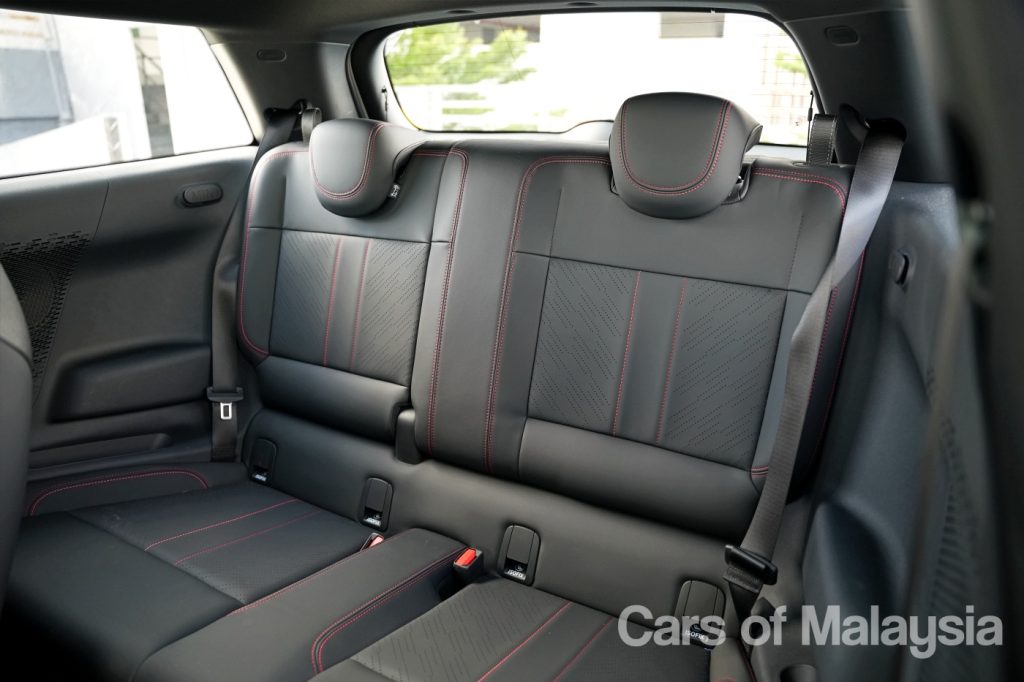
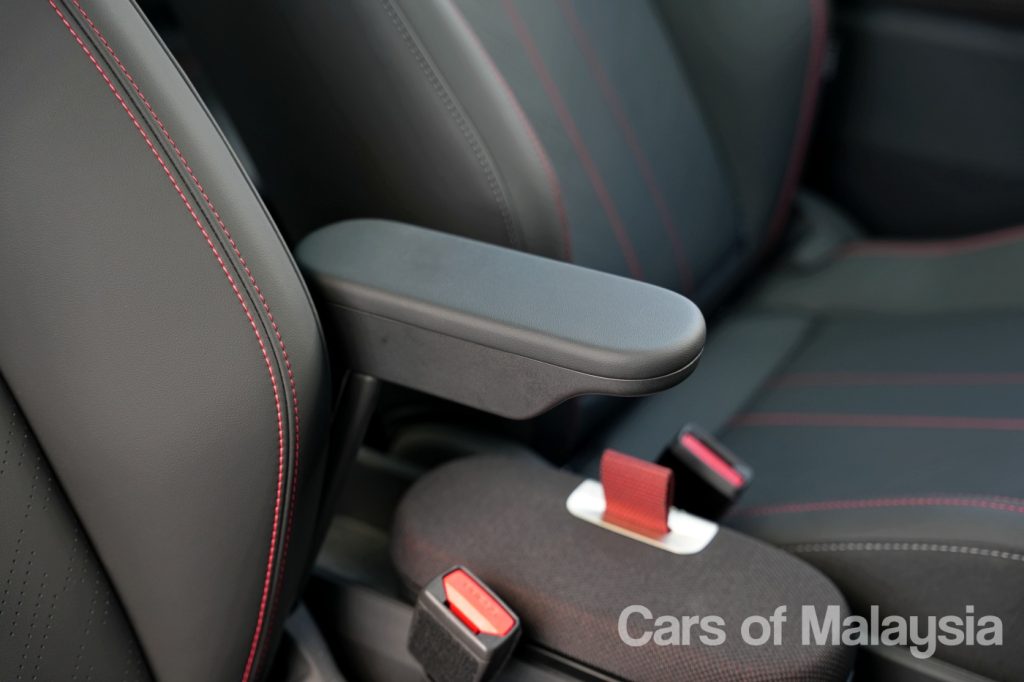

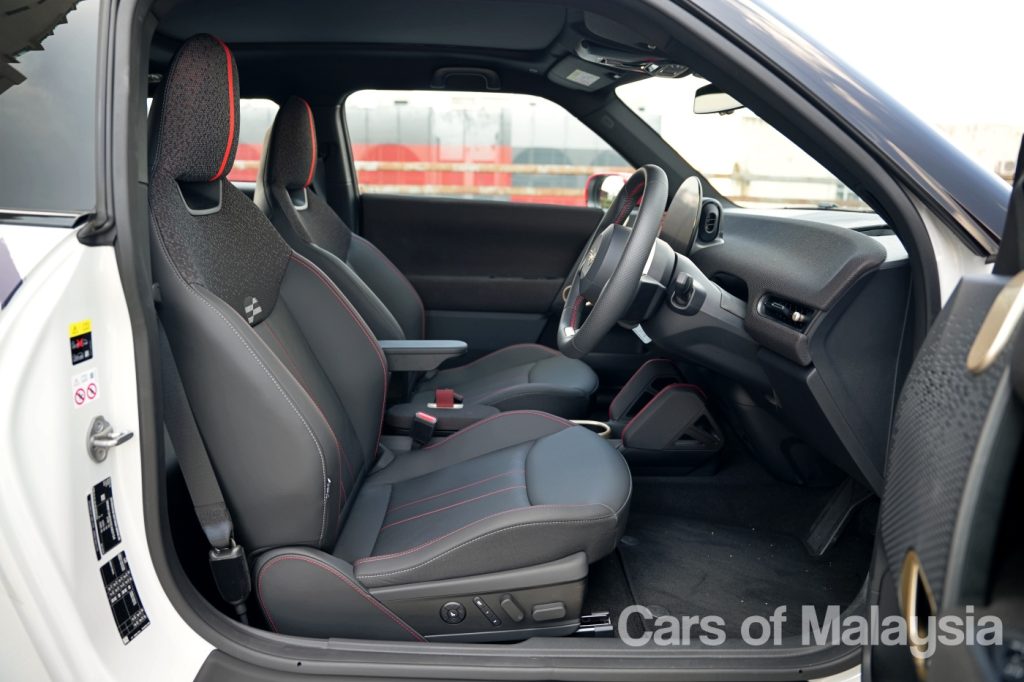


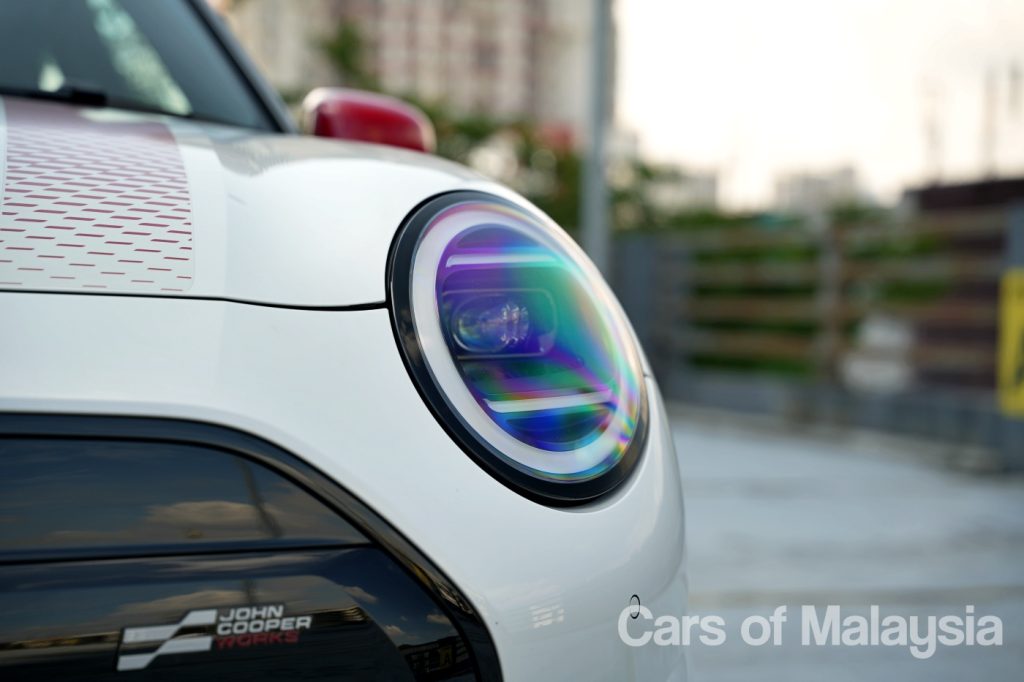
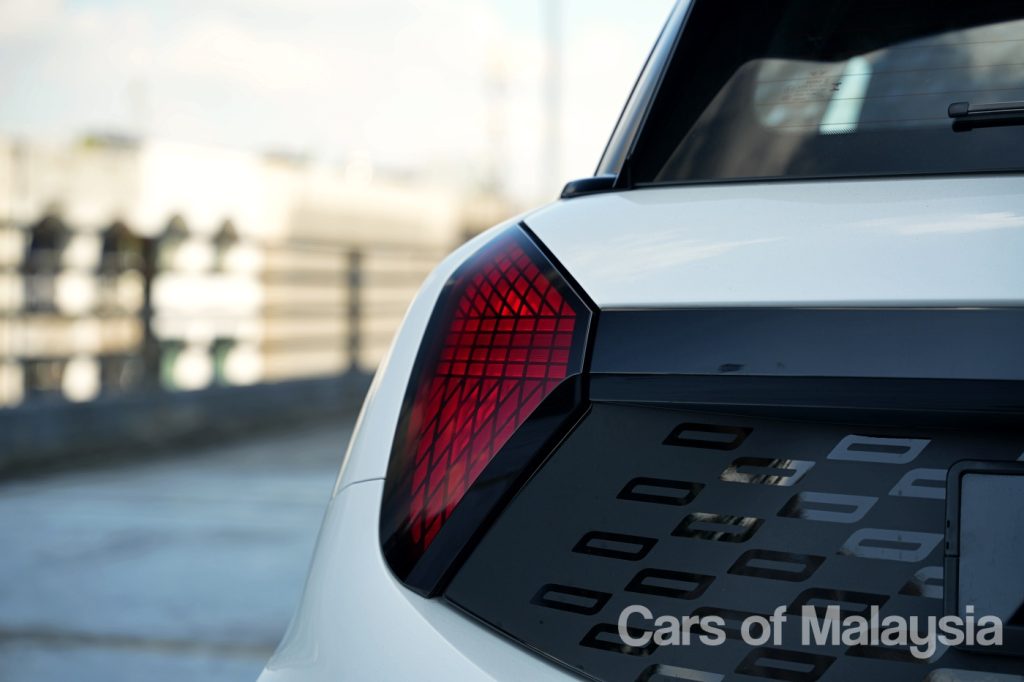

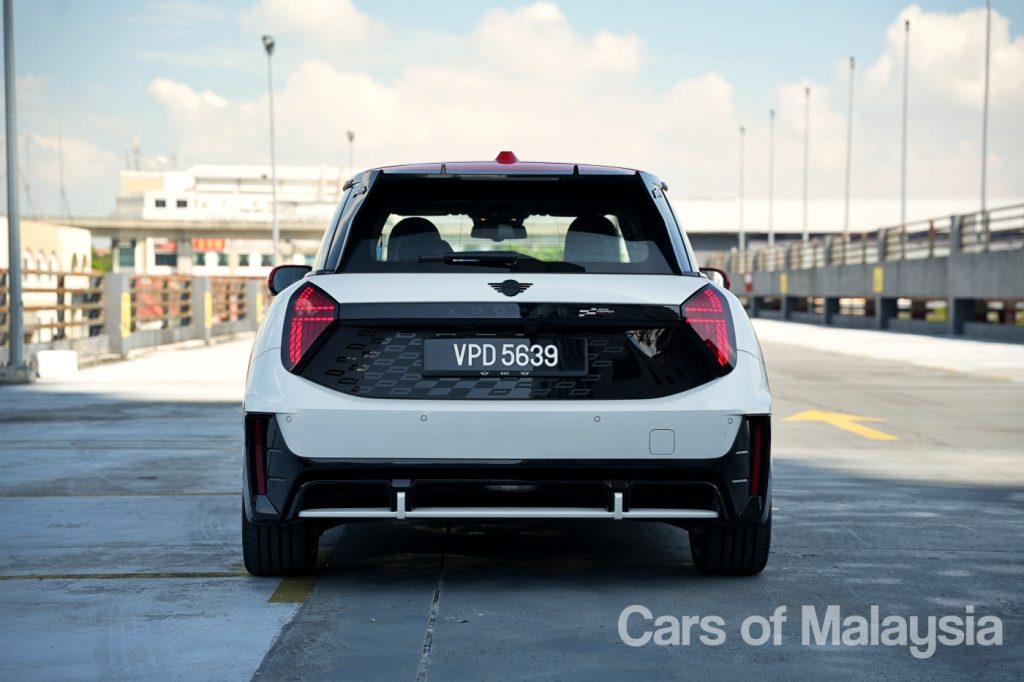
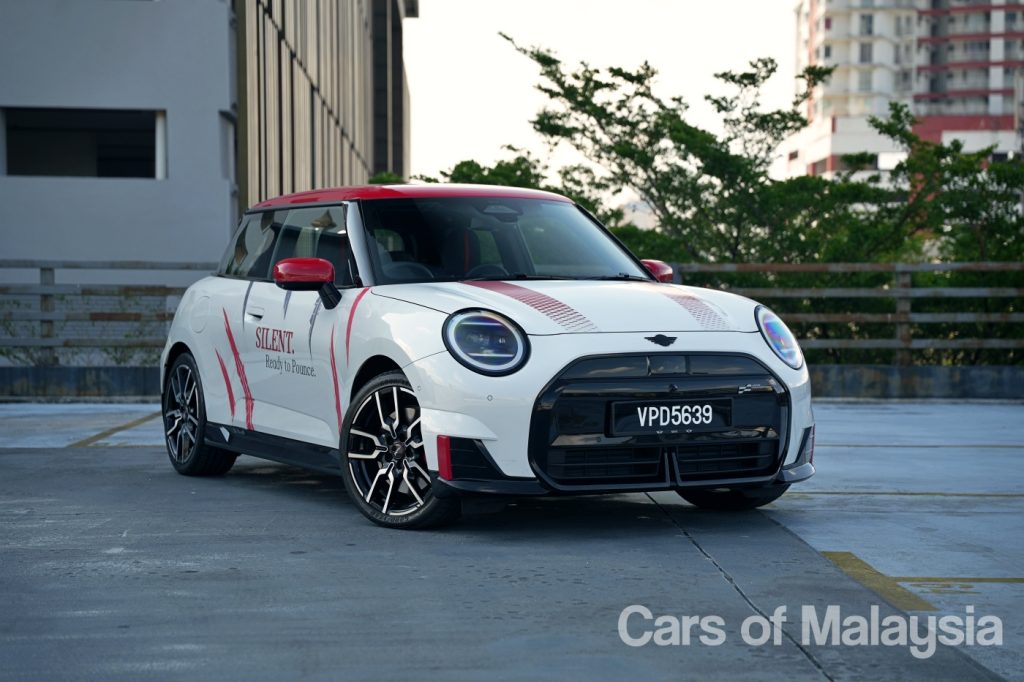
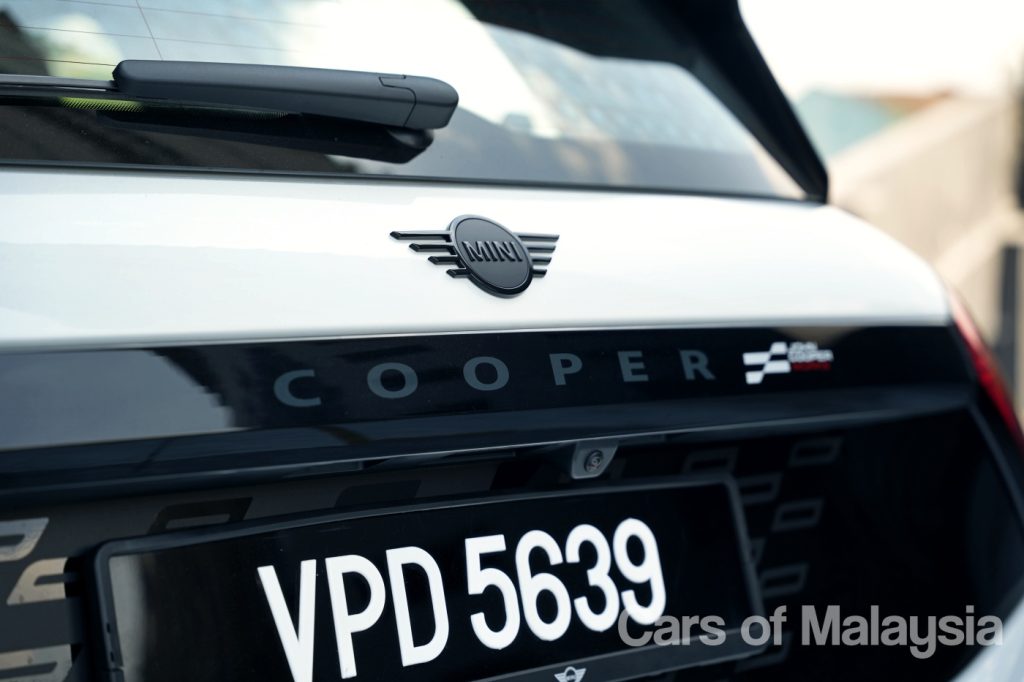
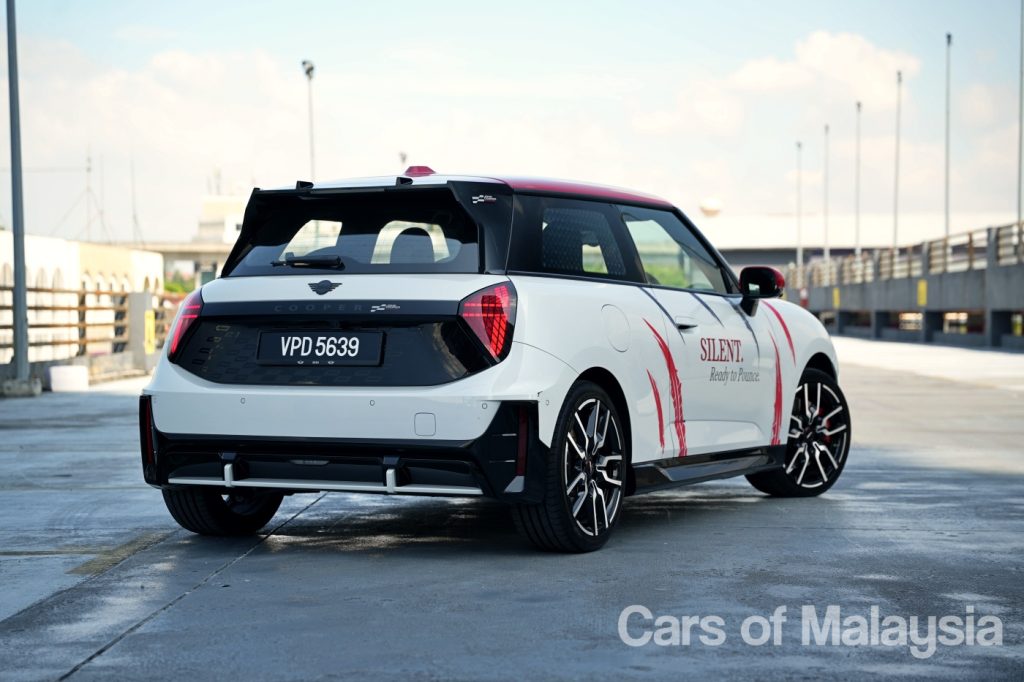
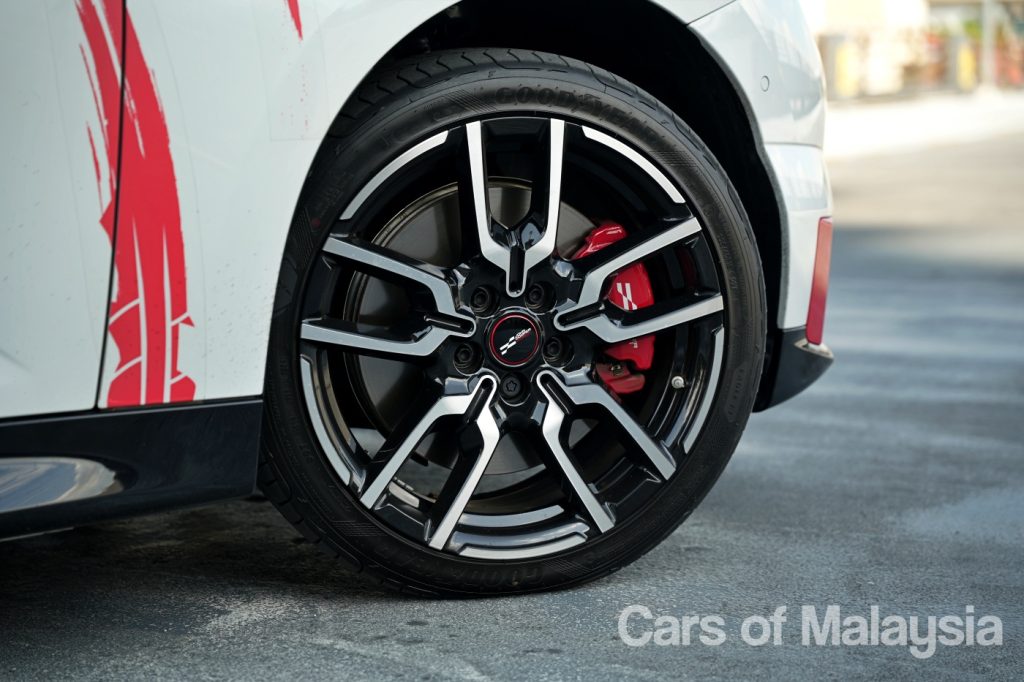

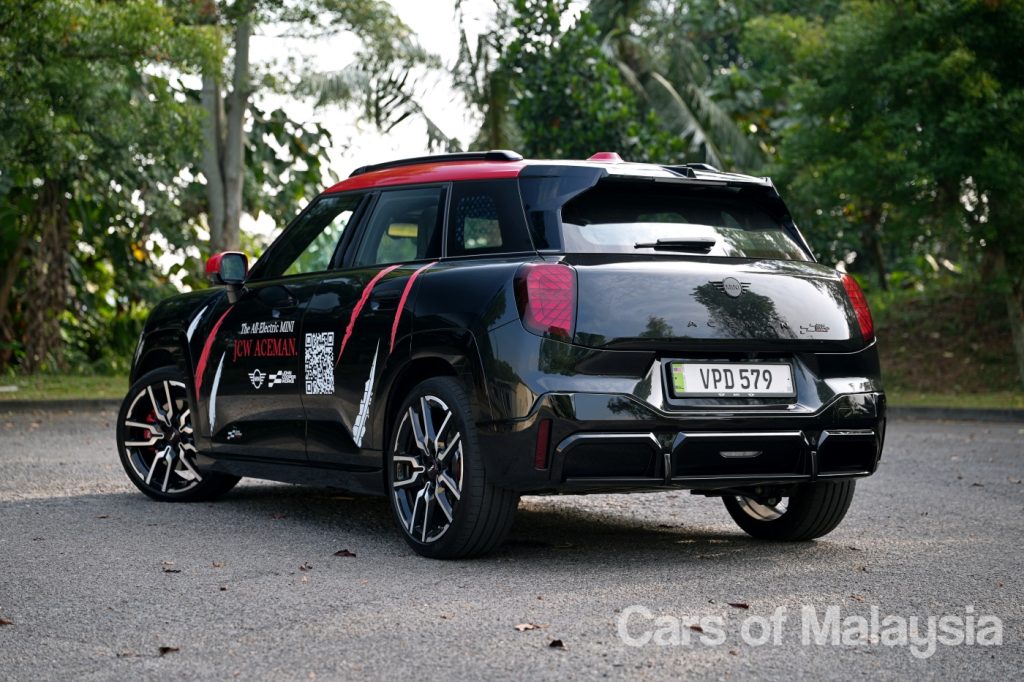

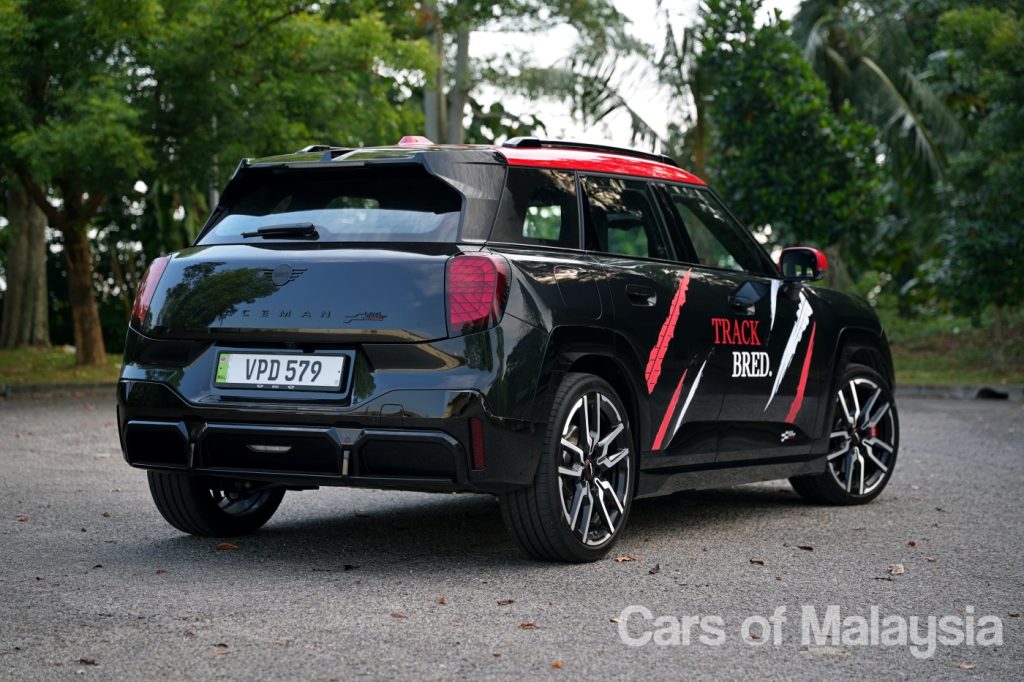

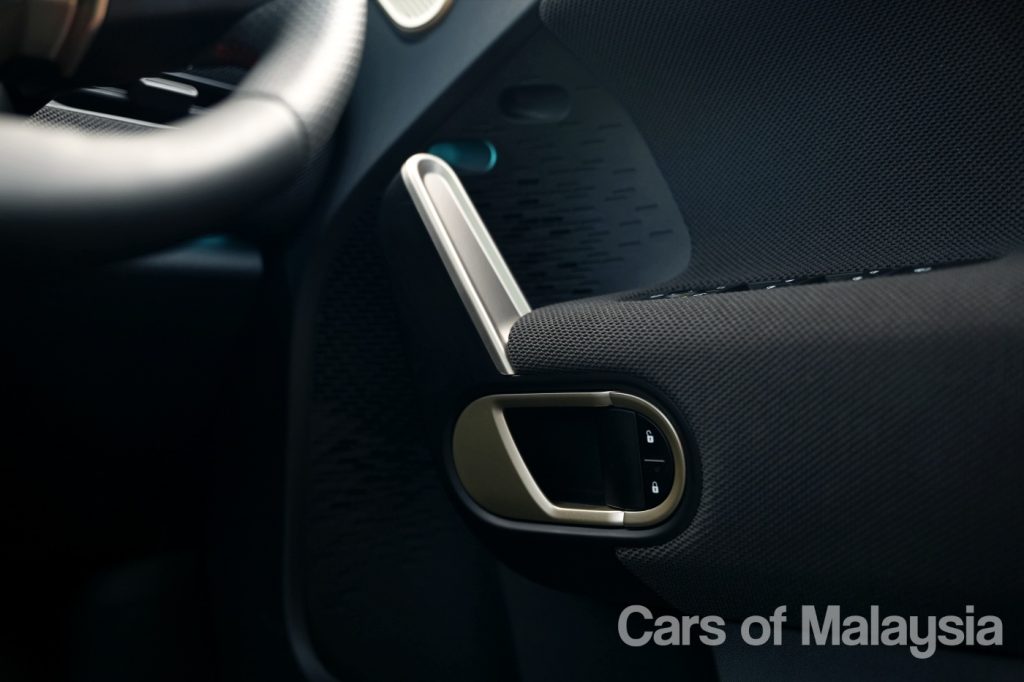
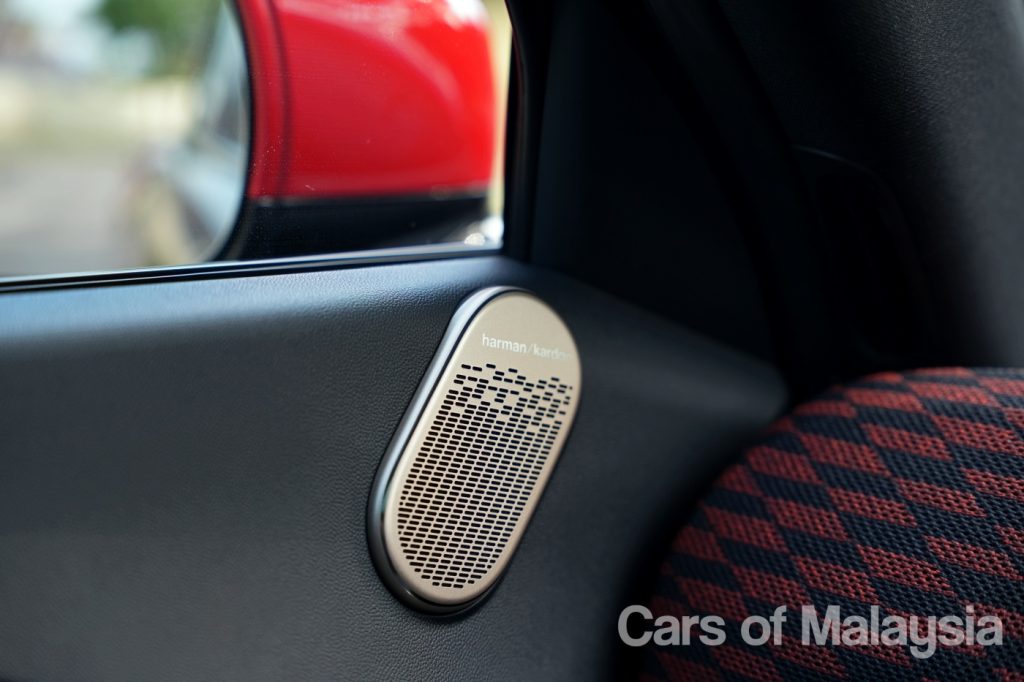
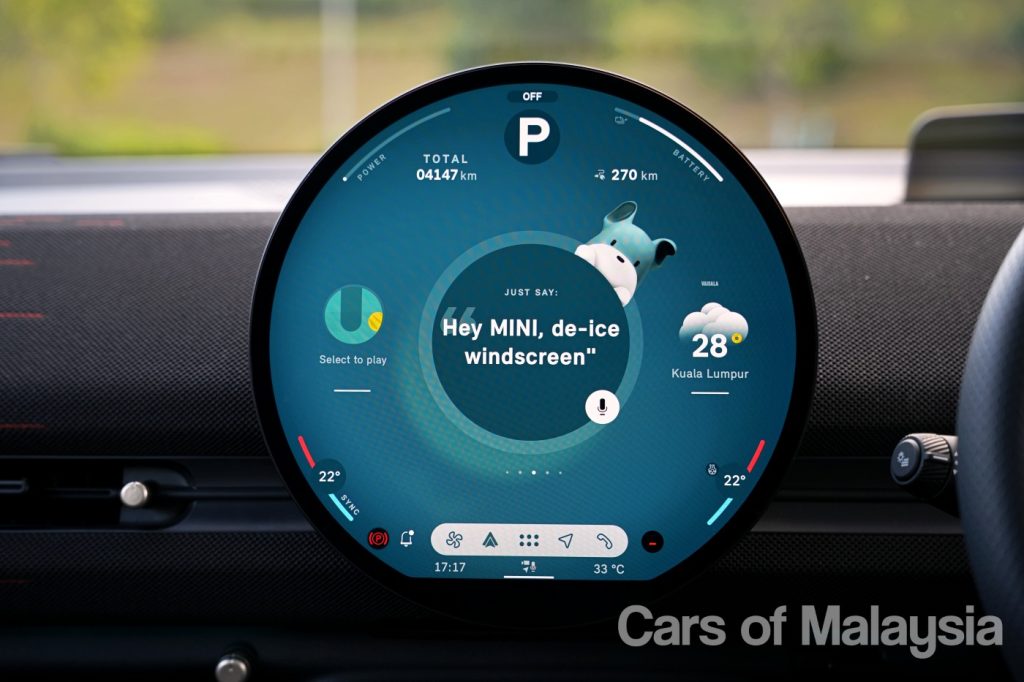
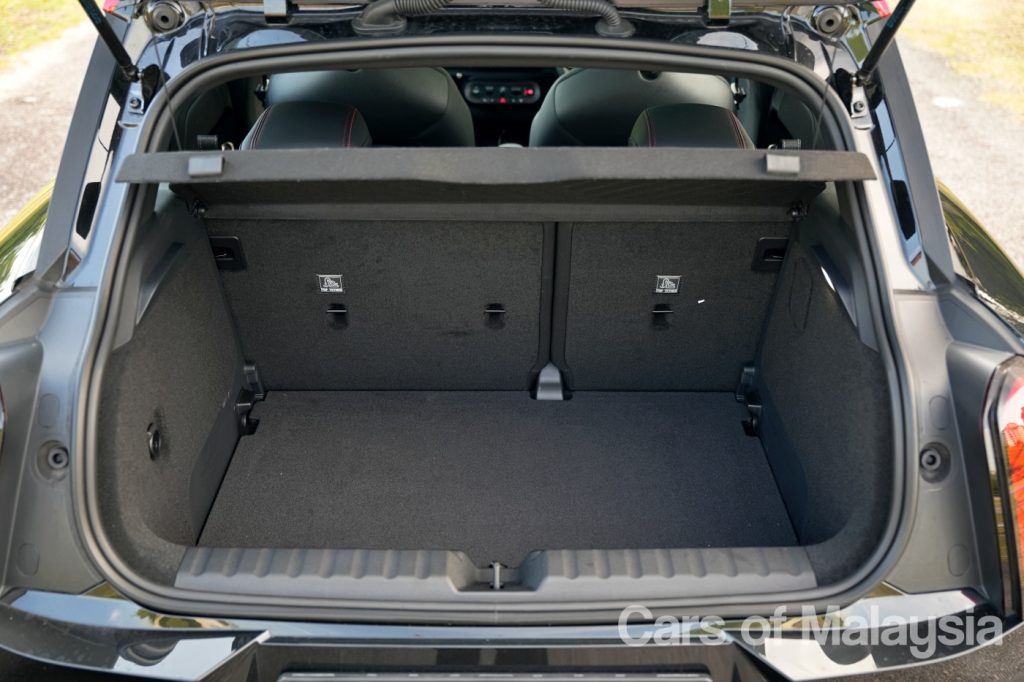
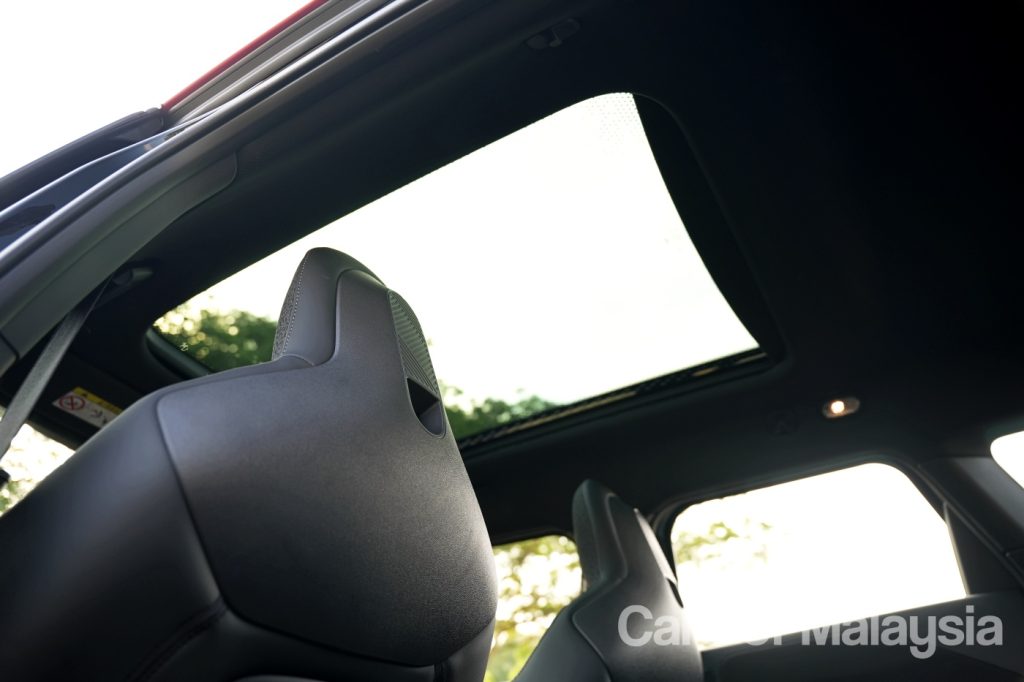
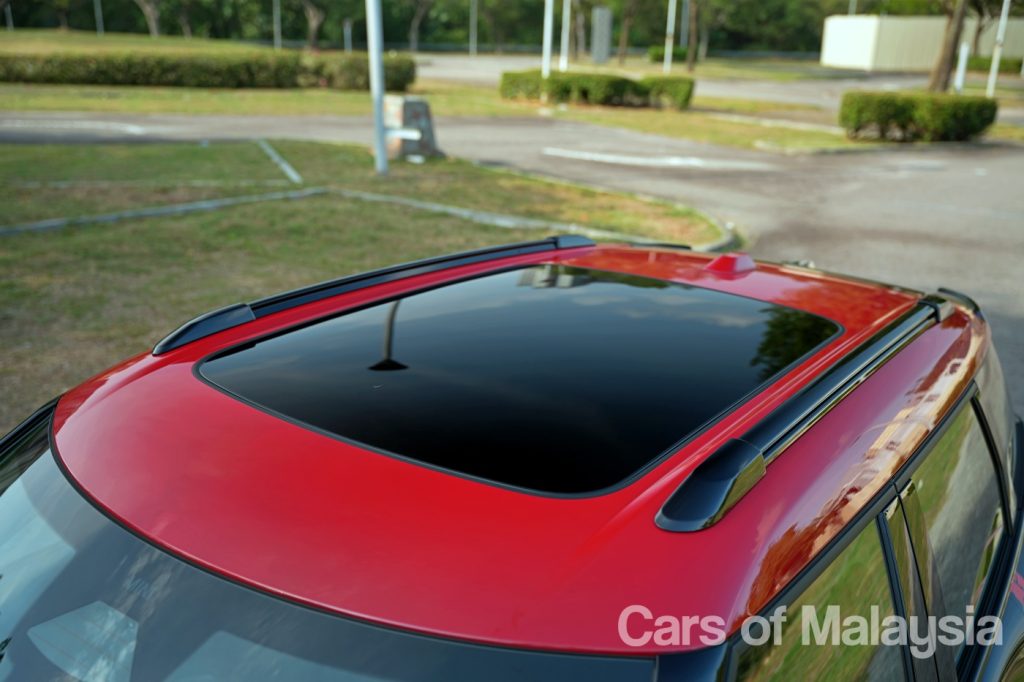
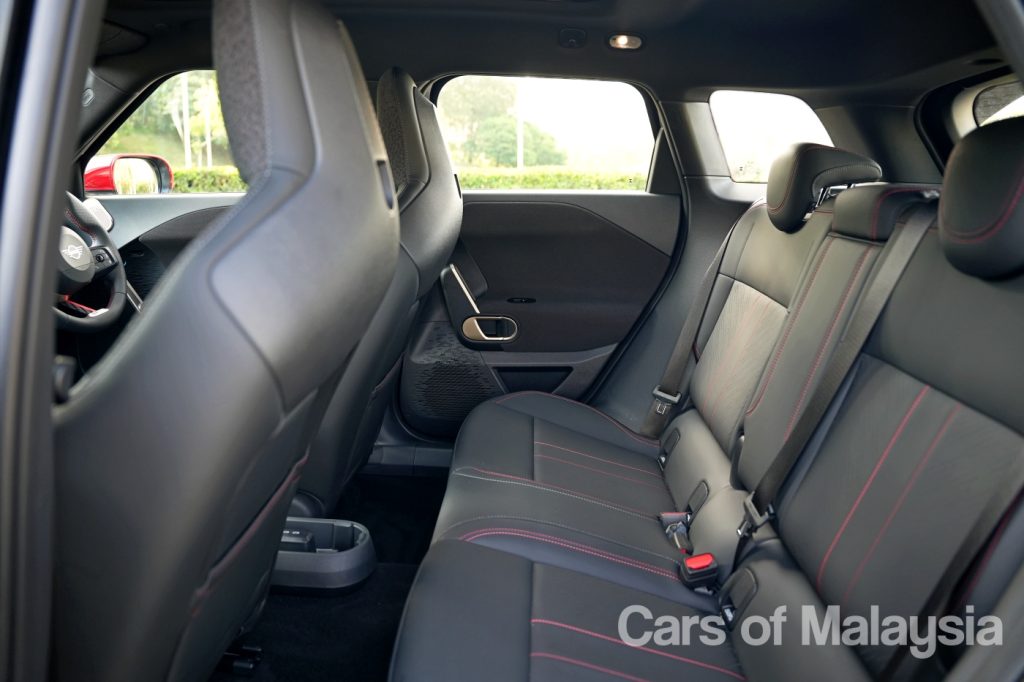
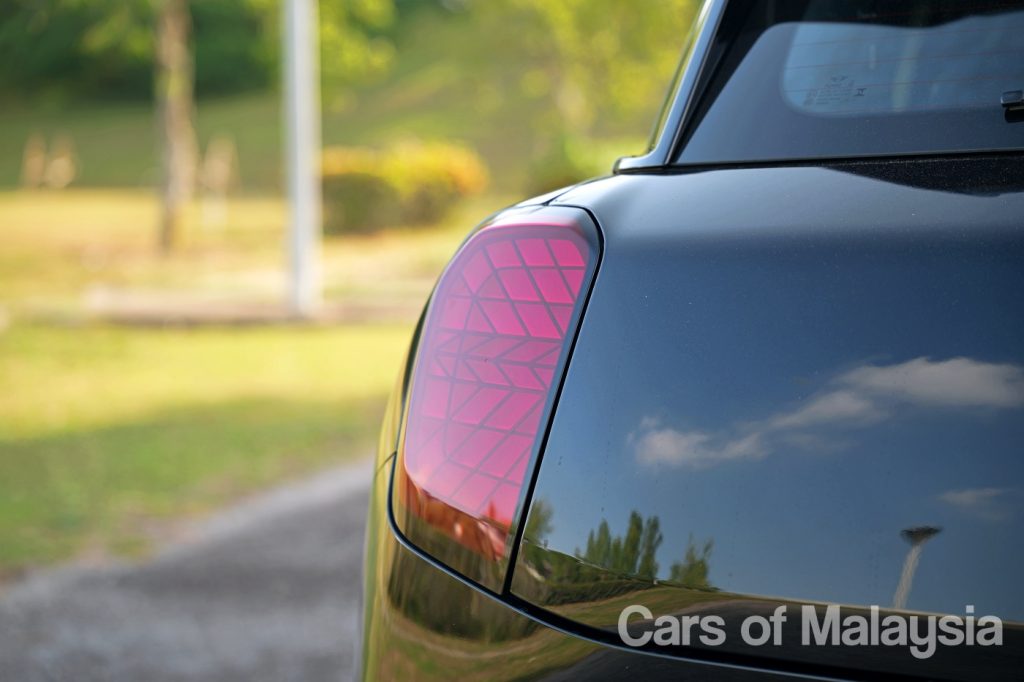
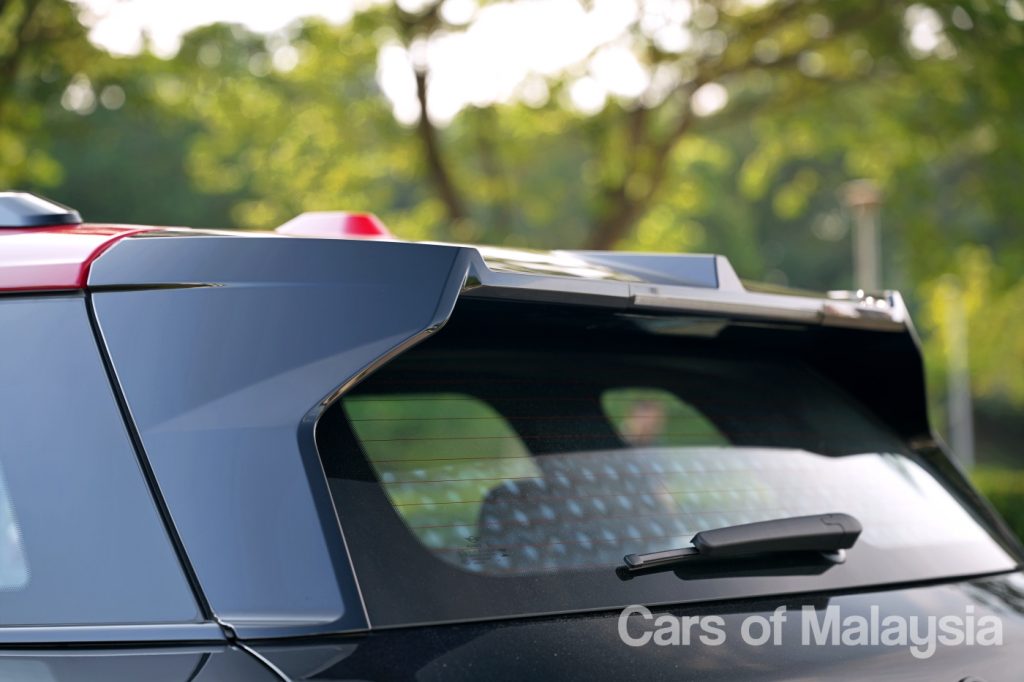
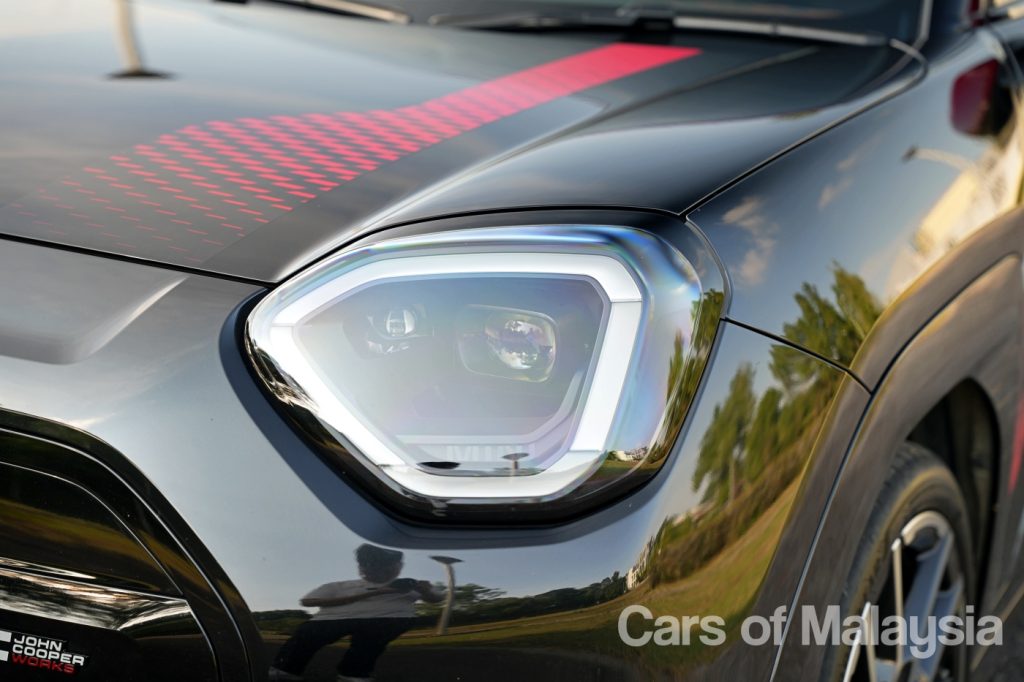
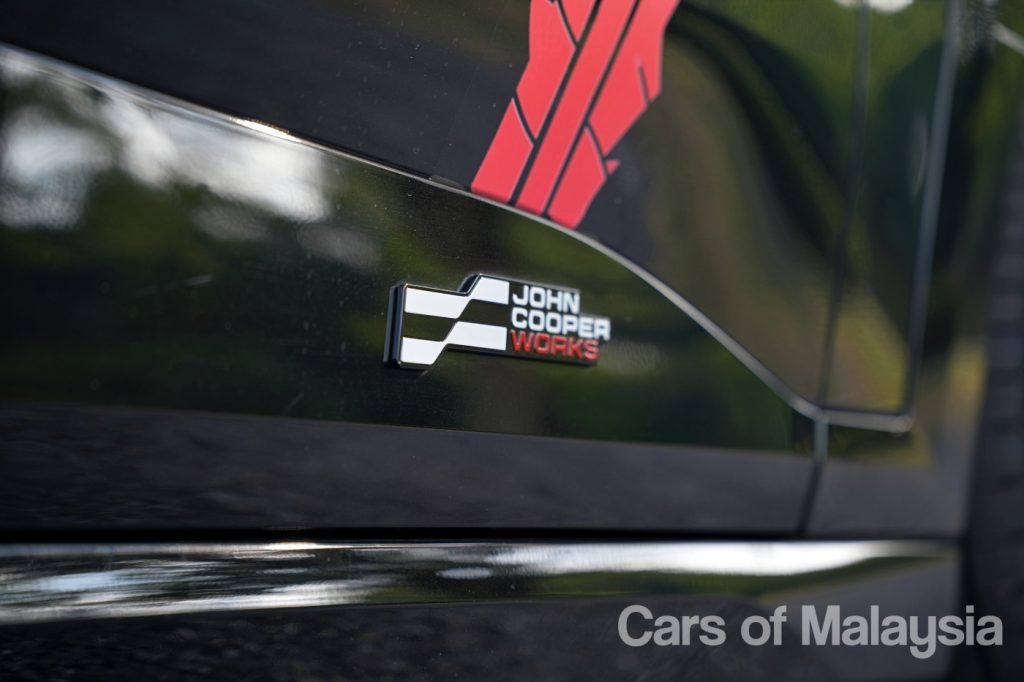
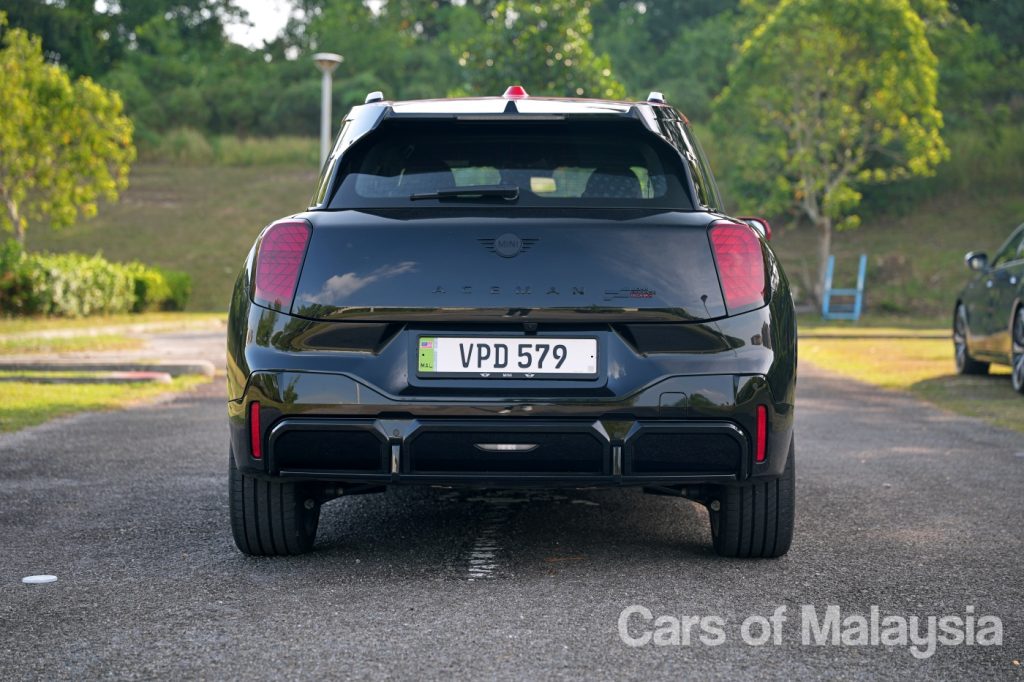
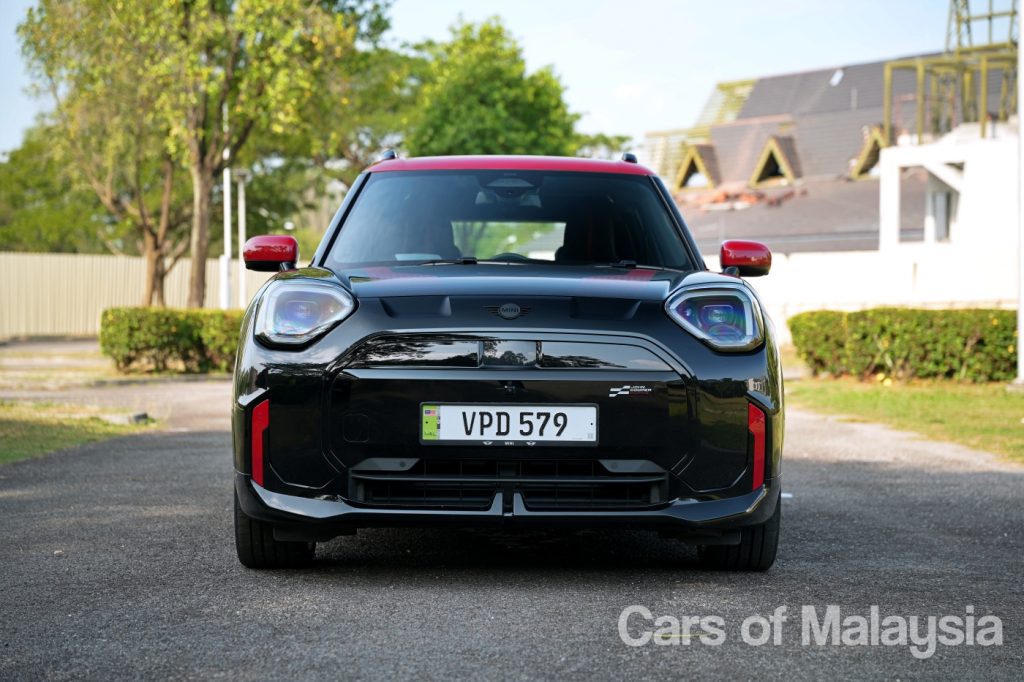
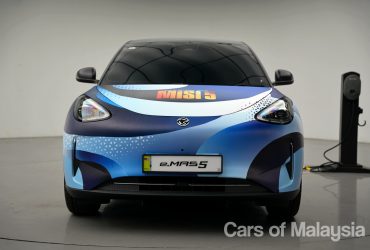


Leave a Reply